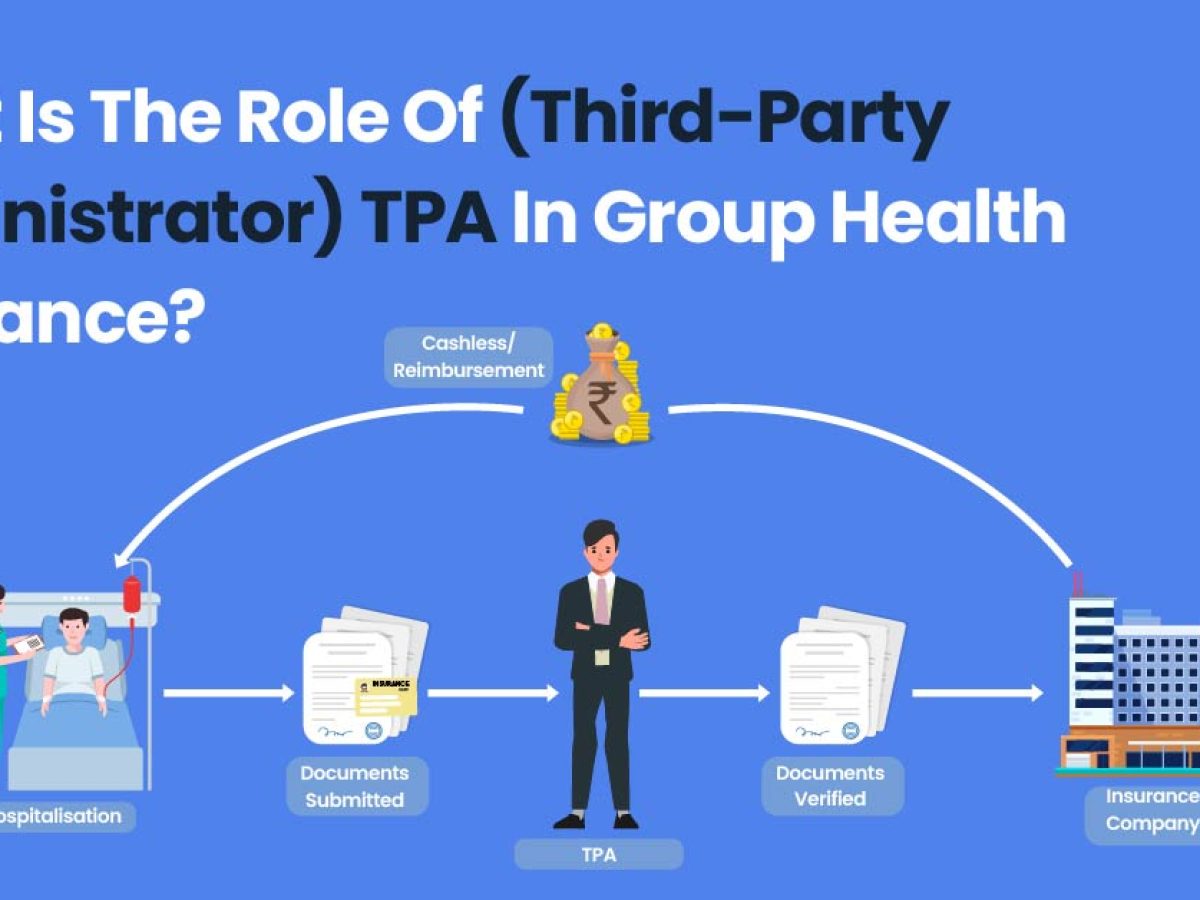Get This Report about Pacific Prime
Get This Report about Pacific Prime
Blog Article
10 Easy Facts About Pacific Prime Described
Table of ContentsThe smart Trick of Pacific Prime That Nobody is Talking AboutAn Unbiased View of Pacific PrimePacific Prime Fundamentals ExplainedAn Unbiased View of Pacific PrimeRumored Buzz on Pacific Prime

This is due to the fact that the information were gathered for a duration of solid financial efficiency. Of the approximated 42 million people who were uninsured, just about regarding 420,000 (regarding 1 percent) were under 65 years of age, the age at which most Americans come to be eligible for Medicare; 32 million were grownups in between ages 18 and 65, about 19 percent of all adults in this age; and 10 million were kids under 18 years of age, about 13.9 percent of all kids (Mills, 2000).
These quotes of the variety of persons without insurance are generated from the annual March Supplement to the Current Population Study (CPS), carried out by the Demographics Bureau. Unless otherwise noted, national quotes of individuals without medical insurance and proportions of the population with different type of coverage are based on the CPS, the most commonly used resource of estimates of insurance policy coverage and uninsurance rates.
The Only Guide to Pacific Prime

Still, the CPS is specifically valuable since it creates annual price quotes reasonably swiftly, reporting the previous year's insurance protection approximates each September, and since it is the basis for a consistent collection of quotes for greater than 20 years, enabling analysis of patterns in coverage with time. For these factors, in addition to the substantial use the CPS in other research studies of insurance policy protection that are offered in this record, we count on CPS price quotes, with constraints kept in mind.

The estimate of the number of uninsured people expands when a populace's insurance condition is tracked for a number of years. Over a three-year duration starting early in 1993, 72 million individuals, 29 percent of the united state populace, lacked insurance coverage for at the very least one month. Within a single year (1994 ), 53 million people experienced a minimum of a month without coverage (Bennefield, 1998a)
6 out of every ten uninsured grownups are themselves utilized. Although working does boost the possibility that and one's family participants will have insurance, it is not an assurance. Also participants of households with two permanent breadwinner have almost a one-in-ten opportunity of being without insurance (9.1 percent without insurance rate) (Hoffman and Pohl, 2000).
Examine This Report on Pacific Prime
New immigrants account for a considerable percentage of people without health insurance policy. One analysis has attributed a significant part of the current growth in the size of the U.S. uninsured try this populace to immigrants that got here in the nation in between 1994 and 1998 (Camarota and Edwards, 2000). Current immigrants (those who involved the USA within the previous 4 years) do have a high price of being uninsured (46 percent), yet they and their children account for just 6 percent of those without insurance policy nationally (Holahan et al., 2001).
The relationship between medical insurance and access to care is well established, as recorded later in this phase. The partnership between health insurance and health outcomes is neither straight nor straightforward, a substantial clinical and health services study literary works links health and wellness insurance policy protection to enhanced accessibility to care, far better quality, and improved individual and population wellness status.
Degrees of evaluation for taking a look at the results of uninsurance. It concentrates especially on those without any type of wellness insurance for any length of time.
The Basic Principles Of Pacific Prime
The troubles encountered by the underinsured are in some respects similar to those dealt with by the uninsured, although they are typically much less severe. Health and wellness insurance, nevertheless, is neither essential nor enough to get access to medical services. The independent and direct impact of health and wellness insurance policy protection on access to health services is well developed.
Others will acquire the healthcare they need even without medical insurance, by paying for it expense or seeking it from service providers who provide treatment free or at extremely subsidized rates. For still others, wellness insurance policy alone does not ensure invoice of treatment due to the fact that of other nonfinancial barriers, such as an absence of health and wellness care providers in their neighborhood, minimal accessibility to transportation, illiteracy, or etymological and social differences.
Excitement About Pacific Prime
Official research concerning uninsured populations in the United States dates to the late 1920s and early 1930s when the Board on the Expense of Healthcare created a collection of reports concerning financing physician office check outs and hospital stays. This concern became salient as the numbers of medically indigent climbed up during the Great Clinical depression.
Report this page